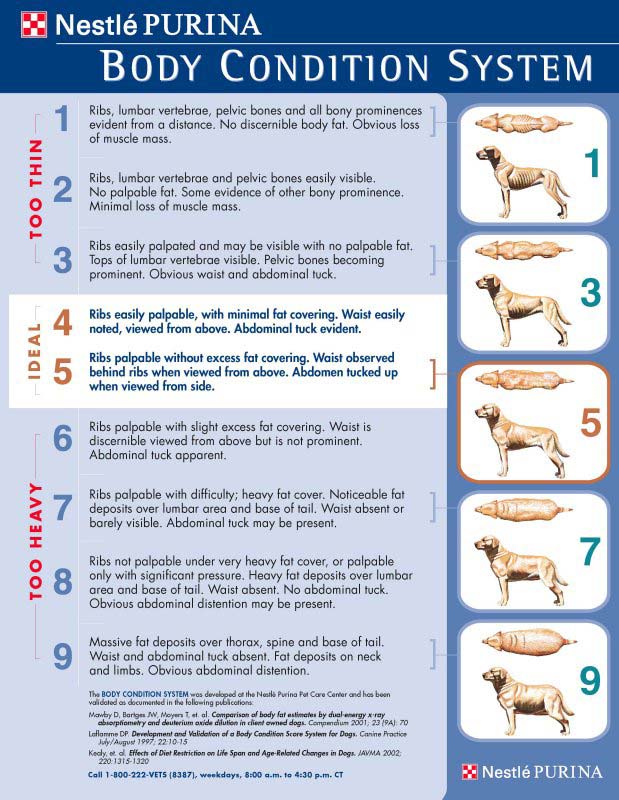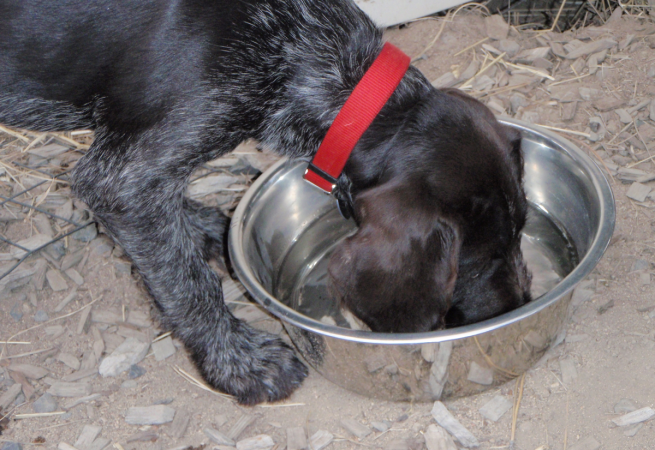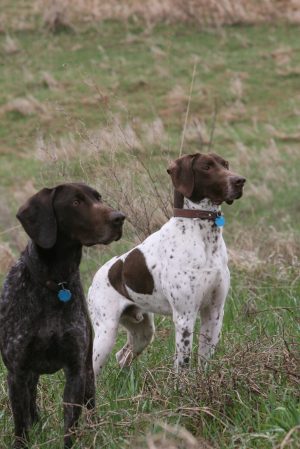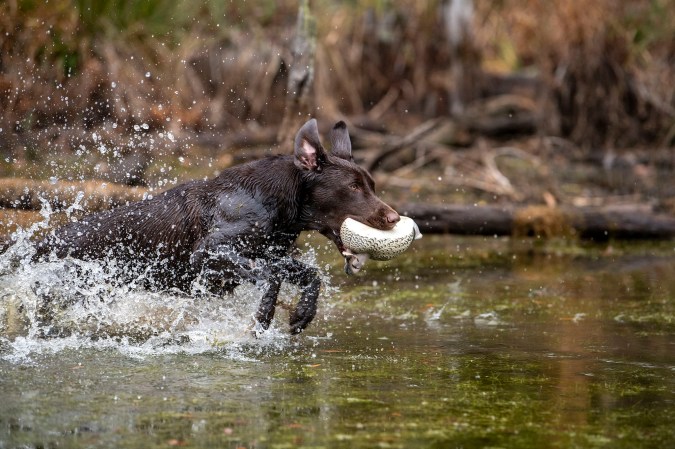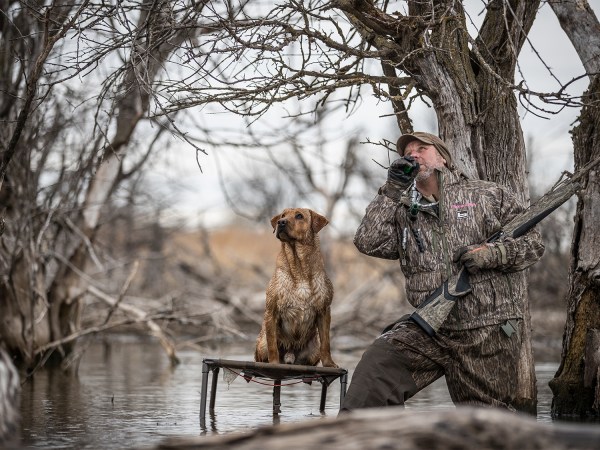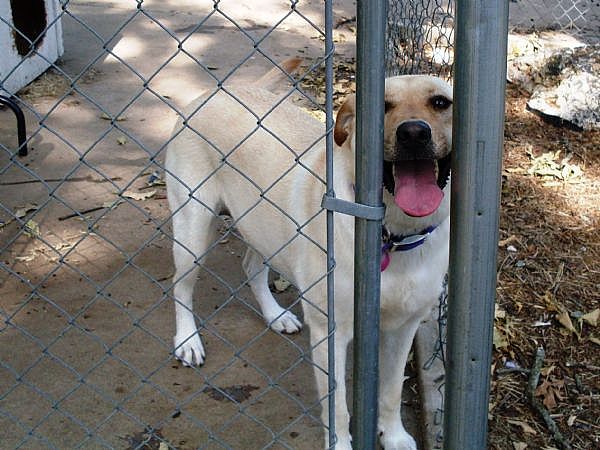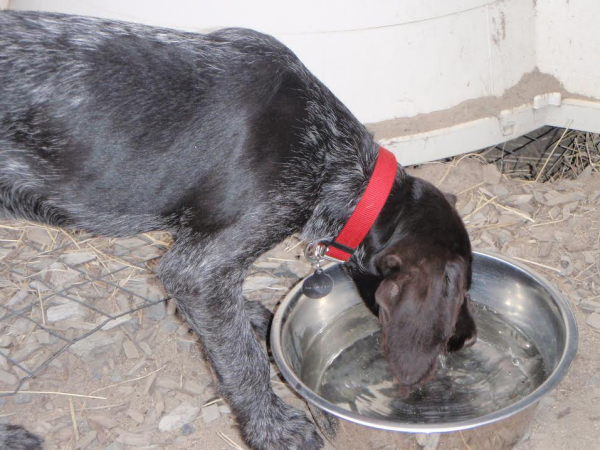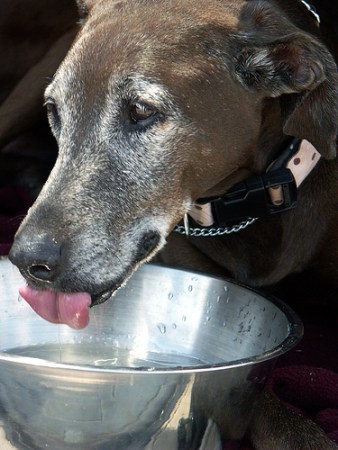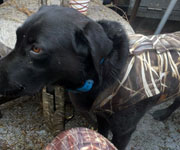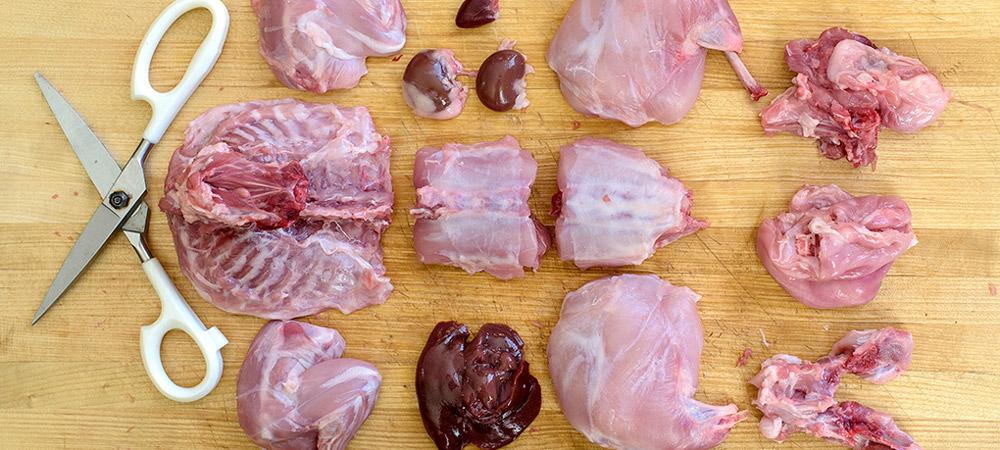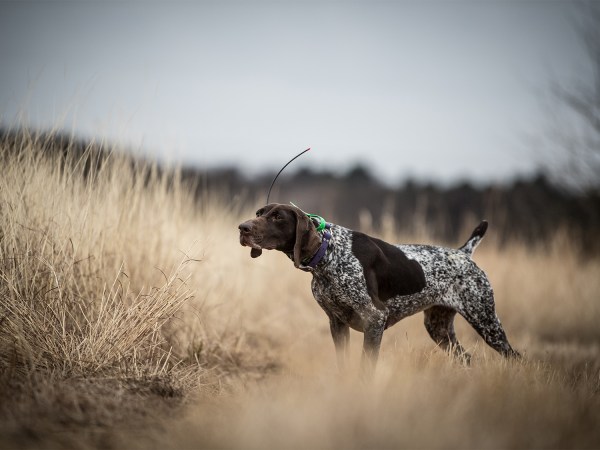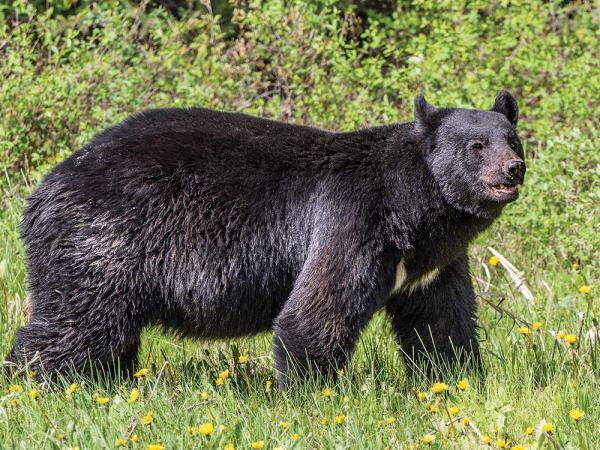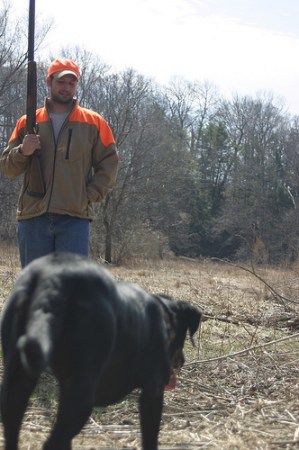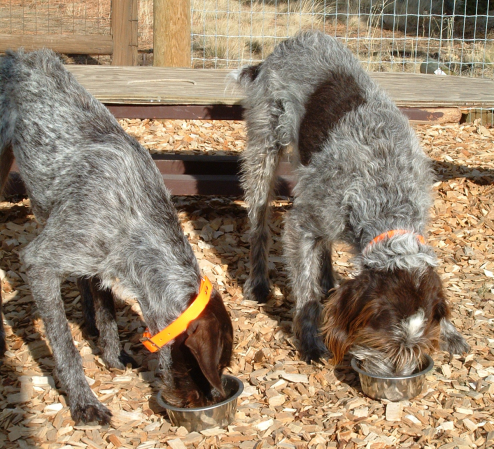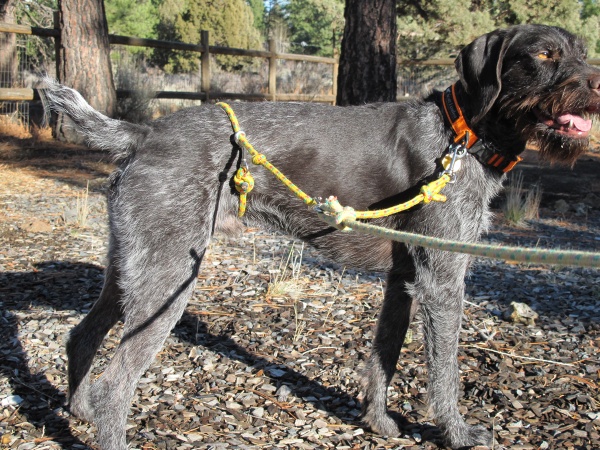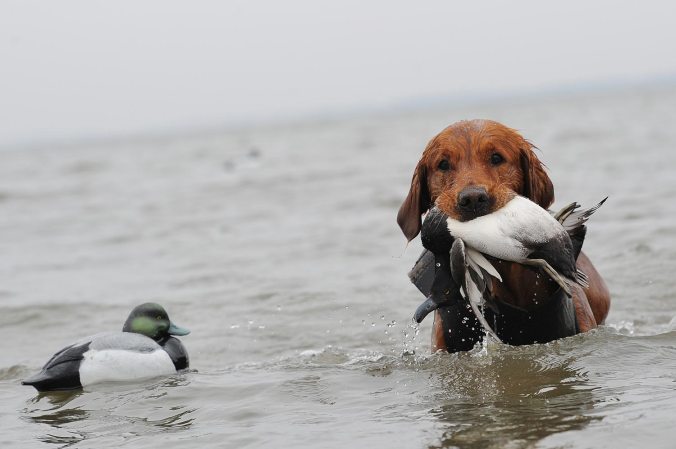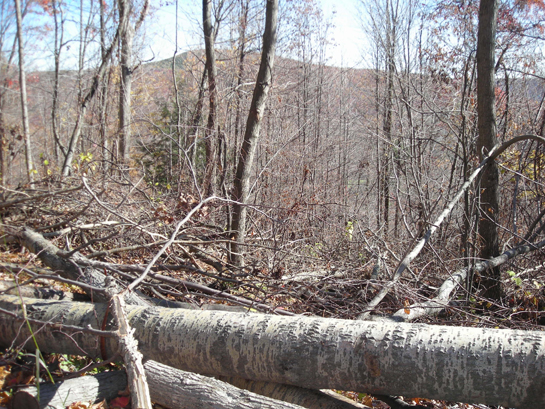If you read my last post on “Add Two Years to Your Dog’s Life” then you know two things: 1. Keeping your dog at an ideal weight can increase his lifespan while also delaying the effects of age, and 2. I can be a bit ornery. We’ll stick with point number one for this blog.
Feeding your dog to an ideal weight is a moving target and feed amounts change with time, activity level and even the seasons. To keep your pooch at ideal weight, follow some of these tips from the Purina website, LongLiveYourDog.com:
To determine your dog’s body condition score, check out the above image of the Purina Body Condition System. You have to get your hands on the dog and run your fingers through his coat and feel over his ribs. Also view your pooch from the side and above and match what you feel and see to the chart.
The hard part about doing this is being objective. Too often we excuse excess weight on our dog for any number of reasons (offseason, age, etc). Do your dog a a favor and be honest in your evaluation of his body condition. Better yet, ask your vet to help you.
Some tips from Purina include:
1. Check for weight fluctuations: While your dog might be an ideal weight during the season, that could change when his activity level drops come the spring or summer. Continually check for body condition changes and reduce or increase feed amounts accordingly.
2. Follow a nutrition plan: Keeping a vigilant eye on your dog’s body condition and adjusting feed accordingly is the best strategy. Feeding recommendations on the side of dog food bag are just that: guidelines. Start with the recommended amount and adjust it according to your dog’s body condition score and activity level.
Also, feeding a stage-appropriate food is another great way to keep your pooch satisfied and healthy. Puppies, sporting dogs in their prime and old dogs all have different nutritional and caloric needs; one feed doesn’t necessarily fit all their dietary requirements.
I have two different feeds for my pooches. Kona, our Lab that’s in his prime, gets Purina Pro Plan Performance formula, while the Hoss, our 10-year-old bulldog, gets Purina Pro Plan Senior 7+ Years Chicken and Rice formula. Both receive 2-1/2 to 3, 8-ounce cups per day depending on how their body condition is looking.
3. Measure each serving: Perhaps more important than anything is to accurately measure each serving of food. Use a standard measuring cup and feed the same amount daily. Only by doing this can you accurately gauge your dog’s feed intake and adjust it based upon his body condition.
Too many friends I know free-feed, fill the dog’s bowl or use a massive 32-ounce cup and then wonder why their dog is fat. “I only give him two cups a day!” they’ll say. What they don’t realize is that they’ve super sized dinner and their dog is just laying around. Know what the recommended amount is in ounces and feed that for a couple of weeks and then adjust based on your pooch’s body.
4. Limit treats: Purina suggests showering your dog with love and affection instead of treats, especially table scraps. Calories add up quickly so pay attention to what treats and how many you’re providing Fido (and monitor the rest of the family’s handouts, too!).
5. Get moving: Dogs need daily exercise for not just physical health, but mental health as well. Walks, playing fetch, running training drills, swimming or anything else will help your pooch stay fit and burn excess calories.
As your dog’s exercise routine changes, remember to adjust his feed intake. A dog performing grueling retrieves in icy water will require more calories during December when he’s working hard than he will in the heat of July when he’s doing much more laying around.
Ideal-weight dogs should display the following traits according to the Purina Body Condition System:
*Body Score 4: Ribs easily palpable, with minimal fat covering. Waist easily noted, when viewed from above. Abdominal tuck evident when viewed from the side.
*Body Score 5: Ribs palpable without excess fat covering. Waist observed behind ribs when viewed from above. Abdomen tucked up when viewed from the side.
If it’s difficult to feel your dog’s ribs or there is a thick fat layer over them, it’s probably time to reduce or change feed and start an exercise program!

